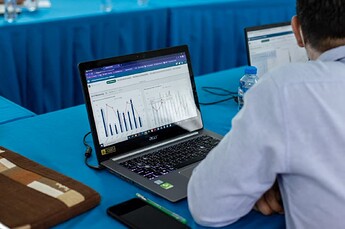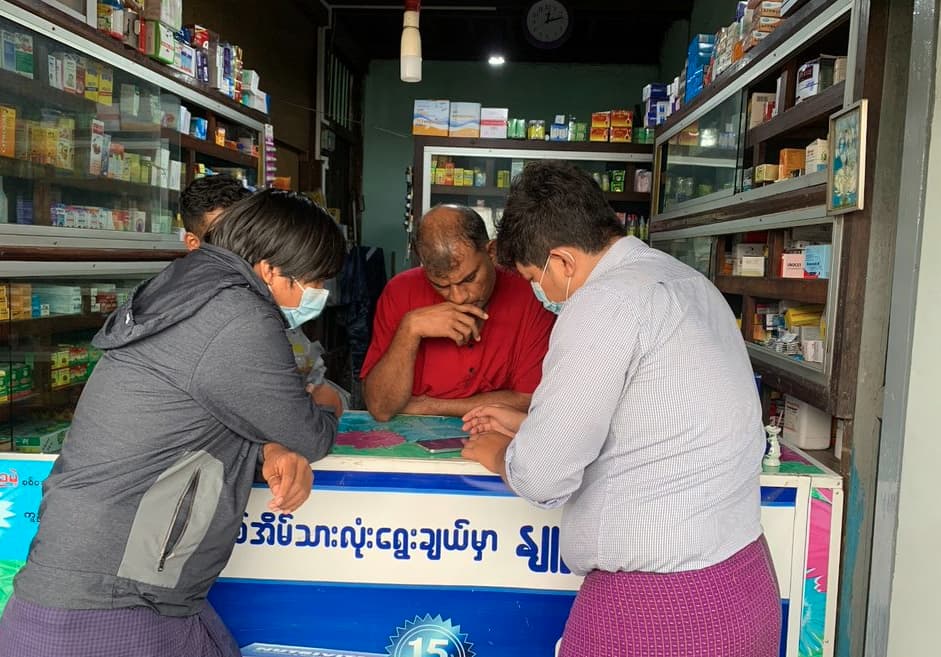DHIS2 Community,
We just published learning briefs on three different DHIS2 use cases documenting our experience with disease surveillance and public health emergency preparedness and response in South-east Asia, which should be of interest to the community here.
Working with Ministries of Health in the Greater Mekong Subregion, we deployed a new case-based disease surveillance module nationwide within the HMIS in Laos, established DHIS2-connected reporting tools for a large network of private sector health care providers for notifiable disease reporting (and improved TB screening and referral rates along the way!), and developed a DHIS2 dashboard for public health emergency preparedness and response resources in Cambodia. Below is an excerpt from a recent PSI blog post with access to the cases studies: Scaling Digital Solutions Improves Health Security – Locally and Globally - PSI
We’ve seen how disease surveillance mechanisms integrated into routine health information systems equip Ministries of Health and Public Health Emergency Operations Centers (PHEOCs) to monitor and contain outbreaks (provided that they are designed to capture timely case-based disease data), and track surveillance data from a comprehensive range of health service delivery points including the private sector.
STRENGTHENING SURVEILLANCE IN LAOS
Approach: In Laos, we coordinated the nationwide roll-out of a new notifiable disease surveillance module within the DHIS2-based national health management information system. This has rapidly resulted in better, more timely, and more relevant disease surveillance data.
Learning: Throughout the process, technology development has been the easy part. Building lasting capacity, ensuring local ownership, and adequate management strategies, are equally – if not more – important than the digital solution itself. Learn more here.
TURNING TO SOCIAL MEDIA IN MYANMAR
Approach: In Myanmar, PSI scaled up the use of social media chatbots connected to DHIS2, and tailored them to the needs of private sector health care providers – the clinics, community health workers, and pharmacies that are on the frontline of local health security. Our flexible, need-driven approach to project implementation has demonstrated that it is possible to rapidly design and deploy innovative digital solutions at scale.
Learning: It is possible to actively engage the private healthcare sector in disease surveillance and response, even in complex emergency settings, using social media digital solutions connected to DHIS2. Learn more here.
BUILDING A RESOURCE DASHBOARD IN CAMBODIA
Approach: In Cambodia, we developed and deployed a pilot PHEOC resources dashboard within the national “CamEWARN” disease surveillance system hosted in DHIS2, to support the emergency preparedness and response of the Communicable Diseases Control department. Through the collective effort of a broad range of stakeholders, including government officials, health workers, and technical experts, the resulting dashboard successfully mapped key public health resources needed by health authorities to effectively respond to public health emergencies. This effort is set to be expanded and rolled out nation-wide in 2023. Learn more here.
Learning: besides disease surveillance and supply chain monitoring, PHEOC information systems should include dashboards compiling essential indicators on public health emergency response resources.
Of note is that our DHIS2 work in Laos benefited from support from the HISP Vietnam team and the WHO country office, while in Myanmar and Cambodia we were lucky to work with SolidLines - thanks @John_Lewis @samboupha & team, @jose and @ctejo and others at UiO!
Feel free to get in touch if you’re interested in finding out more on any of the above use cases!
Bram Piot
Project Director, Health Security
PSI


